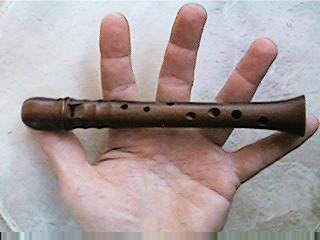Porcelain Fungus
Being an amateur naturalist I have often come across this issue of what is the difference between a mushroom and a toadstool. And the answer is simple - there is no difference because neither is a 'correct' scientific term. Polyporus squamosus
The fungi comprise a large group of organisms that includes microorganisms such as yeasts and moulds, as well as the more familiar mushrooms/toadstools. Fungi are classified as a kingdom that is separate from plants, animals and bacteria. One major difference is that fungal cells have cell walls that contain chitin, unlike the cell walls of plants, which contain cellulose. These and other differences show that the fungi form a single group of related organisms, named the Eumycota (true fungi or Eumycetes), that share a common ancestor (a monophyletic group).
Mucilago crustacea - a slime mould
This fungal group is distinct from the structurally similar slime moulds (myxomycetes) and water moulds (oomycetes). The discipline of biology devoted to the study of fungi is known as mycology, which is often regarded as a branch of botany, even though genetic studies have shown that fungi are more closely related to animals than to plants.
Amethyst Deceivers
an Agrocybe species
A Boletus species - with a stem and cap but no gills!
This Yellow Stainer is poisonous and yet it looks
like the sort of 'mushrooms' you buy in the shops.
In summary, therefore, they are all fungi and the terms mushroom and toadstool are usually used loosely to refer to fruiting bopdies with caps, gills and a stem.
(If you enjoyed this post thank Dawn Treader for the idea. If you got bored or confused half way through, blame me!!).



















